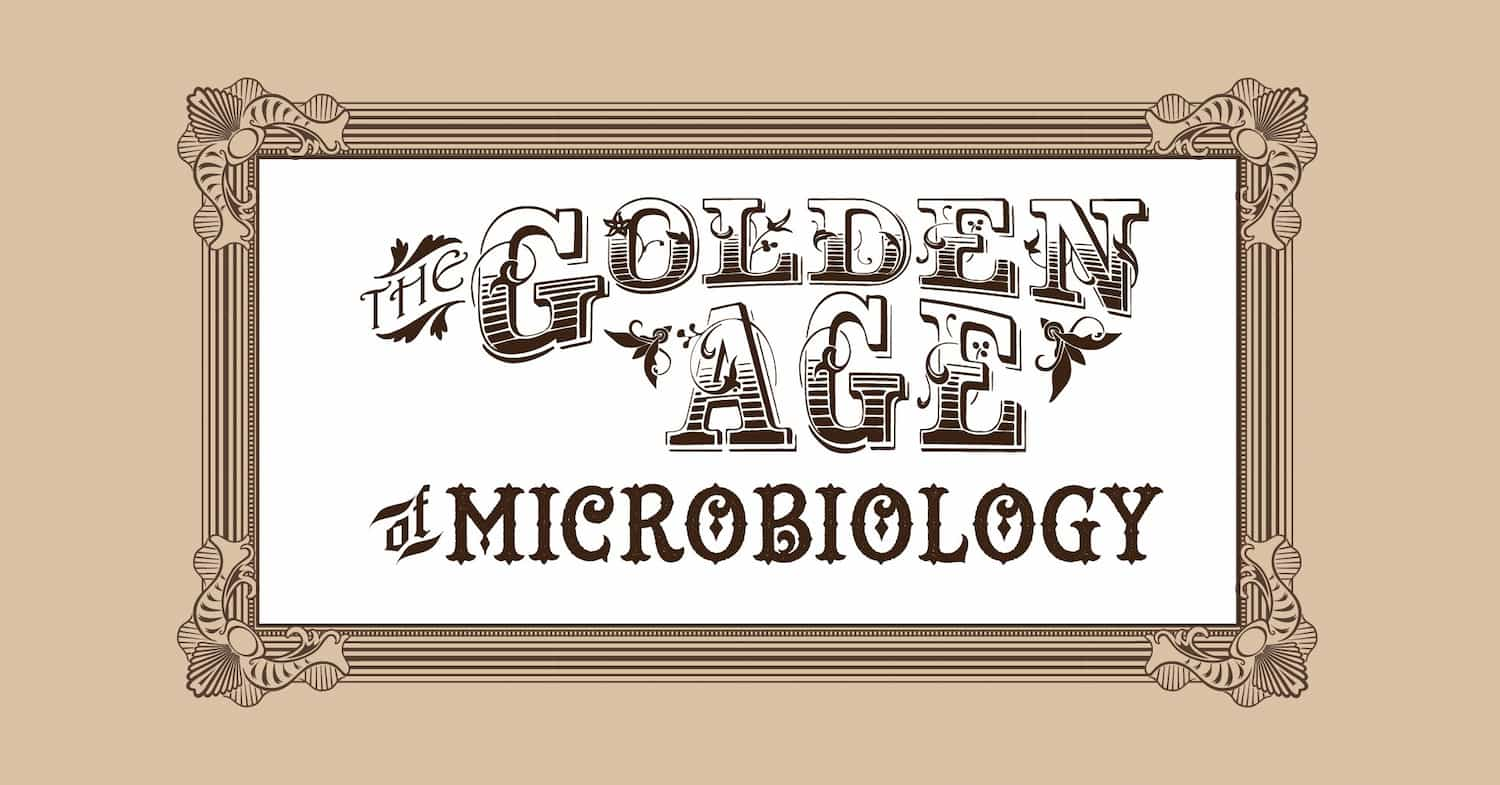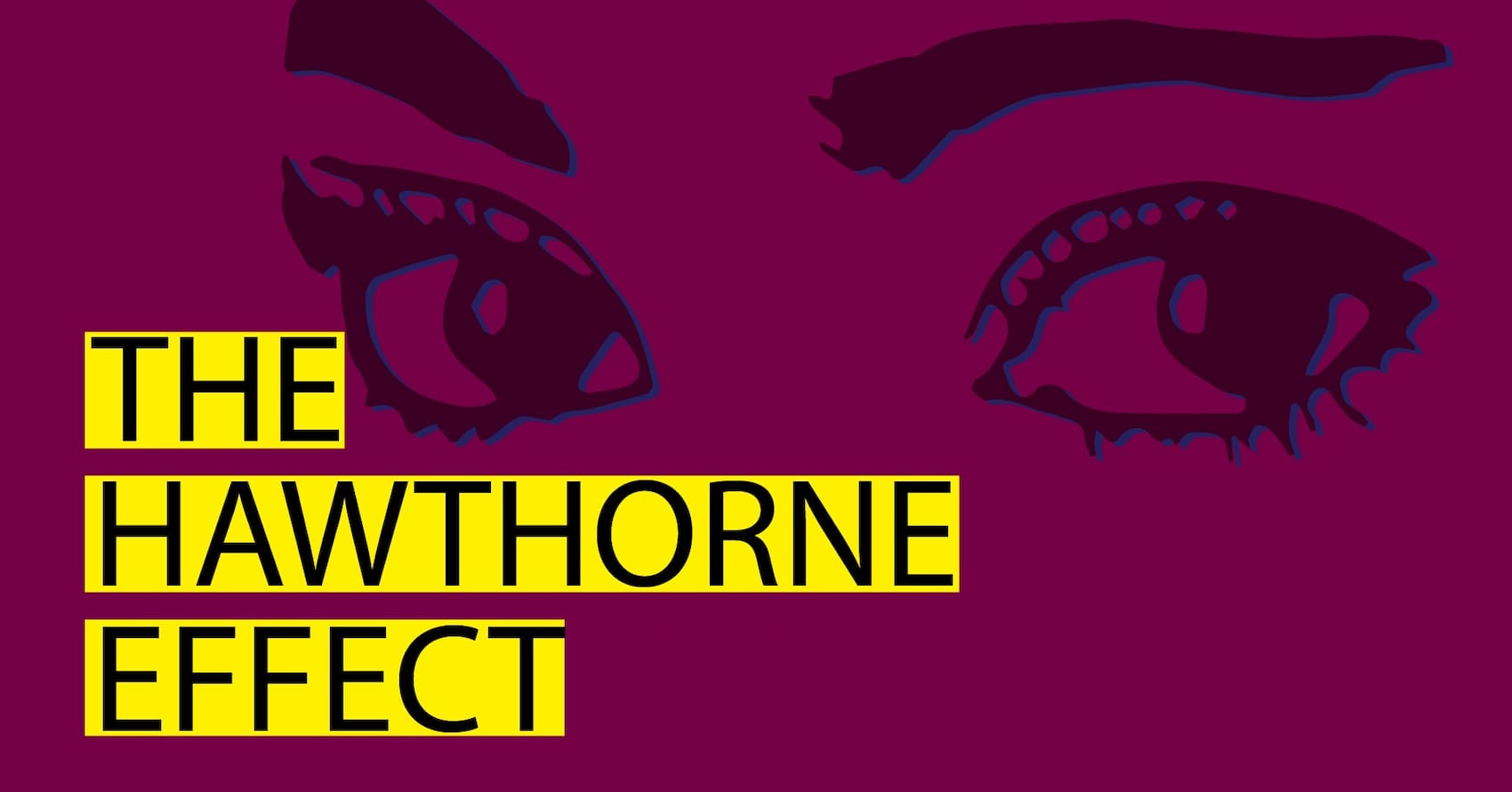In the sci-fi classic 2001: A Space Odyssey, an omnipresent computer named HAL monitors all activity aboard a spacecraft on a critical mission. The single-mindedness of this artificial intelligence makes HAL helpful and life-saving, but misses the mark on some decisions that require a more human touch. While our year 2023 has not yet brought us interstellar craft equipped with AI, we are living in a time when technology is supporting almost every field, including healthcare. This post will explore how technology is helping us with hand-hygiene compliance, and how, like HAL, there are some clear advantages as well as some disadvantages. (Thankfully, no hand hygiene technology is able to eject non-compliers out the airlock. Yet.)
Did everyone notice the uptick in respiratory illnesses (including COVID) that started about a week and a half after Thanksgiving? Many of us might have heard about the flu or a cold or even COVID making its way through a classroom, an office, or an apartment complex. This uptick is predictable, as holidays bring people, and their infections, together. How can we minimize the spread of infection in our homes this upcoming holiday season and go into the new year without sniffles, sneezes, and sore throats? In today's post, we will help you host your friends and family in a hygienic home for the holidays.
We Now Return to Your Regularly Scheduled Pandemic: Hospital Associated Infections
by Erica Mitchell | September 23 2022
In a widely-circulated interview, President Biden stated that the pandemic was, in effect, over. While not an official statement and also clarified over the next few days, the idea that the worst of the pandemic is over has been echoed by global medical experts. So what now? A return to "normal" in the medical field does not mean no more infections; in fact, it means returning to a world where almost 100,000 people die each year from infections they acquired while receiving medical care - most of which are preventable. There are many similarities between a pandemic and the on-going crisis of hospital-acquired infections, and in today's post, we will explore them.
The general public has never been more aware of handwashing, thanks to the COVID pandemic. We all got a glimpse into the world of the healthcare worker as we washed our hands or used hand sanitizer every time we left a store or got home. Healthcare workers live this life daily, with protocols set to remind them to take every handwashing opportunity in an effort to protect patients (and themselves) from disease. In today's post, we will explore how the pandemic impacted hand washing, called hand hygiene, during the pandemic and beyond. Did the pandemic increase or decrease hand hygiene?
Exploration of the Golden Age of Microbiology would not be complete without a look at how its discoveries impacted hospitals and medical care. Today’s post takes us into the 1800s hospital, where the “good old surgical stink” was just as familiar as the blood-stained aprons worn (with some pride) by doctors. In fact, that “stink” was what led one pioneering microbiologist to make a very helpful connection.
New Years' Resolutions and Hand Hygiene: How To Make Changes Last
by Erica Mitchell | January 19 2022
Today may not actually be "the saddest day in the year," but chances are, those of us who made New Years' resolutions may be starting to see some cracks in our willpower. Any change in behavior, from exercising more to, say, washing your hands more, represents a personal struggle of transformation that does not happen easily. In today's post, we'll look at some of the recent research on making those resolutions last and apply them to the leading behavioral obstacle that results in healthcare associated infections: Hand hygiene.
In the 1920’s and 30’s, the nation was swept up in the Efficiency Movement, an effort to rid every aspect of human life of waste and unproductive activity. Researchers were dispatched to factory floors, classrooms, and even family living rooms with the mission of finding the optimal formula for efficient and productive work, a formula supported by the new excitement over science and experimentation. Within this context, a study was conducted at the Hawthorne Works, a factory making telephone equipment for Western Electric, to determine the optimal illumination level for worker productivity. These experiments went on for eight years, and ended with little fanfare. Decades later, however, Henry A. Landsberger revisited these studies, discovering a pattern that revealed more about human nature than about workplace illumination. This pattern still impacts research today, where it is known as the Hawthone effect.
A study demonstrated that regular soap has the same impact as antibacterial soap at killing bacterial during hand washing. Today we'll explore this study, the chemical being evaluated, and what these results mean to the debate about whether or not antibacterial soaps are helpful.
As awareness of the COVID-19 virus increased, Americans everywhere rushed out to (try to) buy hand sanitizer. All of us now know that washing our hands is an essential part of not spreading the novel coronavirus. Why is hand hygiene so important in healthcare? What about in times of pandemic for the general population? Because our hands are one of the "surfaces" we interact with the most! Therefore, we have to keep them clean, and at critical times, sanitized. Today's post will explore how we clean and sanitize the most important surface: Hands.










